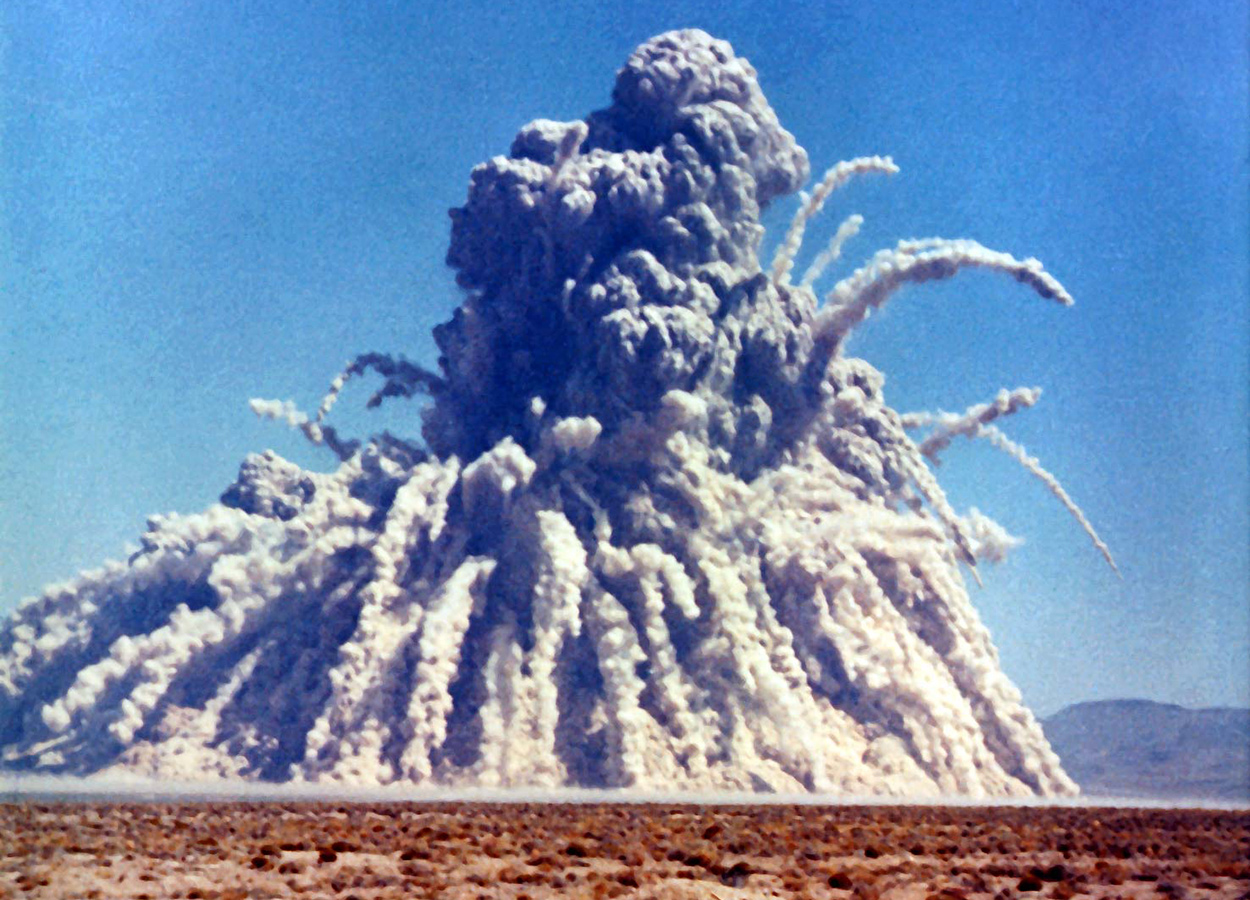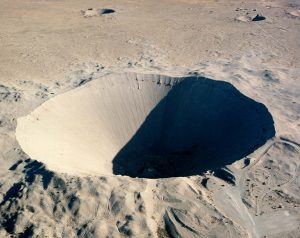The Next Big Engineering Tool Of The 1960s? Nuclear Bombs
In an era marked by fear of nuclear bombs, Operation Plowshare took a look at their potential to create.
This article originally appeared on PRI’s The World.

Fifty-five years ago this month, Milo Nordyke was staring out at the Nevada desert, waiting for a huge explosion to blow a hole in the surface of the earth.
The blast was known as Sedan, and it was one of two dozen nuclear explosions that American scientists set off for non-military purposes. It was 1962, a year when most people feared the destructive power of nuclear bombs.
But Nordyke and his colleagues believed that bombs had the power not only to destroy, but also to create. Let’s say you wanted to build a harbor or pit mine. One nuclear bomb could do the work of hundreds of bulldozers — or millions of sticks of dynamite.
[What happens when hackers target nuclear power plants?]
“We were talking about major projects, like a Panama Canal,” Nordyke said. “So we said, ‘Let’s do a 100-kiloton explosion.’” That’s six times the explosive power unleashed in 1945 on Hiroshima, Japan.
Nordyke, who’s now 87, was studying the effects of “peaceful nuclear explosions,” or PNEs, as a physicist at California’s Livermore National Laboratory. The project was called “Operation Plowshare,” in reference to an Old Testament passage about turning the weapons of war into the tools of farming.
He remembers staring out at the desert, waiting for the huge blast.
“You saw a tremendous light, a bright light,” he said. “Then you hear the sound wave that’s generated. Boom, boom!”

According to an informational video produced by the Department of Energy, the Sedan explosion created a cloud of dust that rose 12,000 feet into the air. It resulted in the largest man-made crater in America. Apollo astronauts used it to train for moon missions.
Nordyke was proud to be working on such an unusual project. “The only other persons that were doing that were the Russians,” he said. He remembers learning about Soviet tests from satellite photographs. Lake Chagan in modern-day Kazakhstan was created by a peaceful nuclear explosion.
But this was an arms race that neither country won. In the decade after Moscow and Washington banned most types of nuclear testing, in 1963, the public questioned whether nuclear tests were safe. There was even a bizarre film made about a mutant scientist at the Nevada Test Site: “The Beast of Yucca Flats.”
[Babysitting bombs is no easy job.]
Audra Wolfe, a historian of the Cold War, said the dream of “peaceful nuclear explosions” had a lot to do with wishful thinking.
“If you’re a scientist or engineer who’s dedicated your life to building atomic or nuclear weapons, and you’re looking for some meaning in your life, then it can be really compelling to think that these weapons can be used for good,” Wolfe said.
She added that humans have a bad habit of expecting technology to solve all of our problems. In the end, Operation Plowshare left a legacy of radioactive fallout and waste.
[Science Friday checks in on the state of nuclear power across the globe.]
“The people who were planning Plowshare were choosing to ignore those negative consequences,” Wolfe said.
Daniel A. Gross is a writer and public radio producer based in Boston.